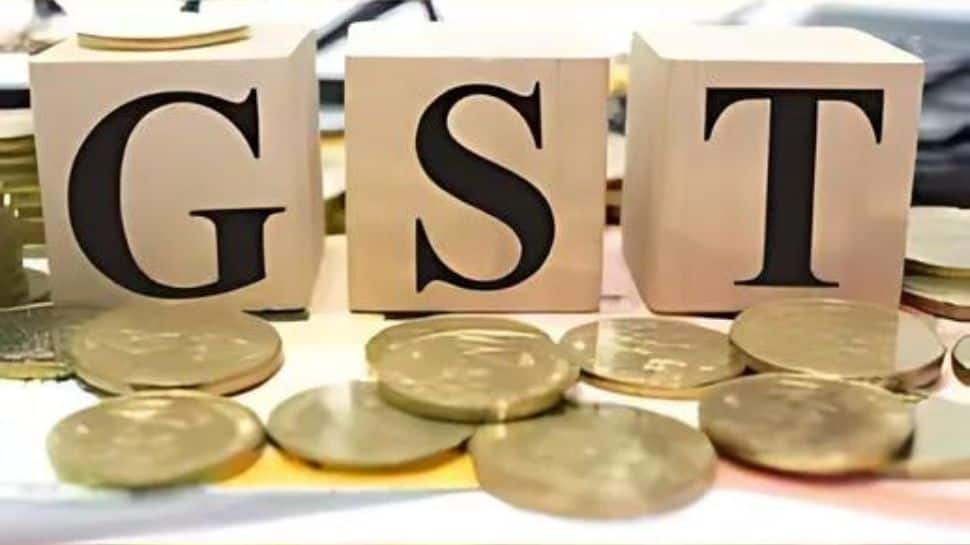 |
|
The Goods and Services Tax (GST), a groundbreaking economic reform in India, has replaced the Value Added Tax (VAT) system, ushering in a new era of economic growth, streamlined logistics, and simplified business operations. Now, the Indian government is focusing on GST 2.0, a significant update that promises even greater ease of tax compliance, enhanced tax simplification, and increased adoption of technology. This evolution, as outlined in the 2024 Budget by Finance Minister Nirmala Sitharaman, aims to further unlock trade potential and foster robust economic growth.
The proposed measures within the budget signal a commitment to making GST 2.0 a transformative force for the Indian tax system. Experts believe this will not only involve updating existing GST laws but also creating a system that is more transparent, user-friendly, and conducive to business growth. With GST 2.0, long-standing industry demands for tax simplification are expected to be addressed, making the tax process easier and smoother. This, in turn, will support higher growth rates and enhance India's global competitiveness.
The positive impact of GST 2.0 is already evident in the impressive growth of GST collections. In August 2024, GST collections reached Rs 1.75 lakh crore, a significant 10% increase from the previous year. This trend continues for the fiscal year, with collections during the first five months showing a 10.1% rise. The net GST revenue until August stands at Rs 8.07 lakh crore, signifying a 10.2% increase compared to the same period last year. The Gross GST collection for the entire FY 2023-24 was Rs 20.18 lakh crore, reflecting an 11.7% growth over the previous year. These figures clearly demonstrate the positive impact of GST on the Indian economy and the potential of GST 2.0 to further boost revenue generation and economic activity.
Source: GST 2.0 Will Further Ease Tax Compliances And Boost Economic Growth
